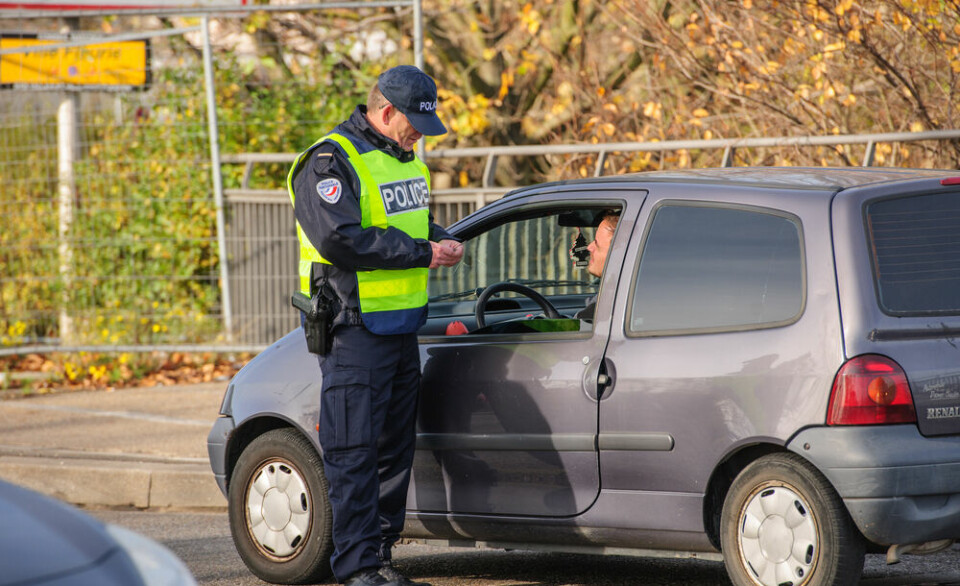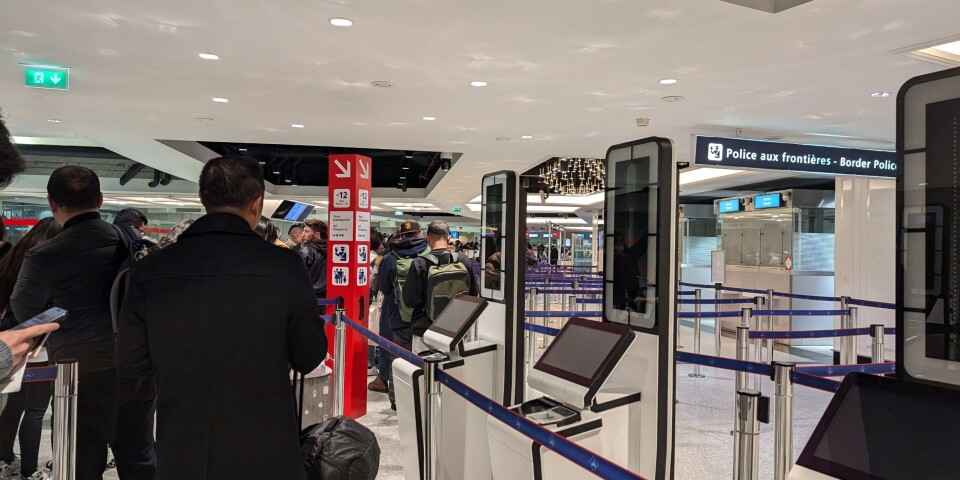Tips for seeing this summer’s shooting star display from France
Perseids spectacle will light up skies until end of August. On some nights you may see up to 100 shooting stars per hour
Perseids shooting stars can be seen with the naked eye if there is no light pollution nearby
Heartwood Films / Shutterstock
France’s summer shooting star season is in full swing with mesmerising displays lighting up the night skies.
The Perseids meteor showers, which run from mid-July to the end of August, light up skies across the world and can be seen with the naked eye.
The number of shooting stars is set to peak around August 11 or 12 when up to 100 will be visible per hour, depending on conditions.
At this stage, the moon will still begin to set prior to midnight (when the shooting stars become most prominent) and will not be bright enough to limit your view.
Most other nights, however, shooting stars will still be visible depending on the moon and other factors such as clouds in the sky.
Areas in France with a particularly good view of the night sky include the countryside around Limoges, the Lot department, the Pic du Midi, and Morvan mountains in the Bourgogne-Franche-Comté region.
The end of July will also see a rare double meteor shower, most likely around July 30 (next Tuesday).
Read more: Rare double meteor shower to be visible in France this month
How can I best see the showers?
Whilst a number of factors affect how many stars can be seen, there are some things you can do to help increase your chances of the best spectacle.
Firstly, you should avoid all forms of light pollution. Those in larger towns and cities are unlikely to be able to see the shooting stars because of this (although in darker areas, glimpses may be possible). In more rural areas, you should avoid being close to lights or lamp posts.
You should also avoid looking at your mobile phone in the darkness as your pupils will naturally contract due to the light being emitted. It then takes around 15 minutes for your eyes to readjust, meaning you may not have an optimal view of the showers.
You do not need a telescope but if you have one, it may obviously be beneficial. Otherwise, you can also use binoculars.
As you are likely to be outside for a long time, it is recommended to have a blanket or some chairs to sit on, food, drink, and some warm clothing if the weather gets cold. Check the forecast before you set out so as not to get caught in the rain.
Finally, if possible, it is best to see the show with other people so as to share the experience and excitement. It can also help to be in a group so you do not get lost if you wander away from home or stuck somewhere without assistance.
Using smartphone apps or websites such as SkyView or Stellarium can help you identify where the showers will be in the sky relative to your position. Both of these offer ‘night mode’ settings, which will minimise the effect of your phone light on your pupils.




























